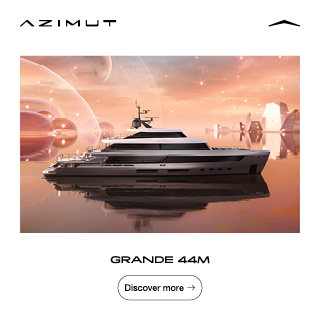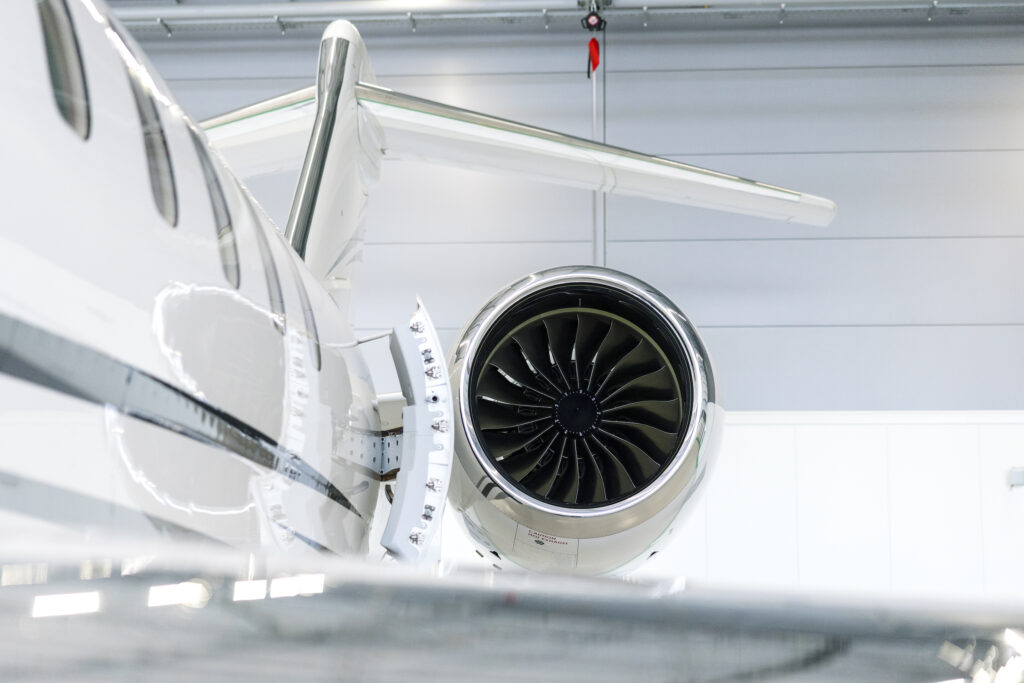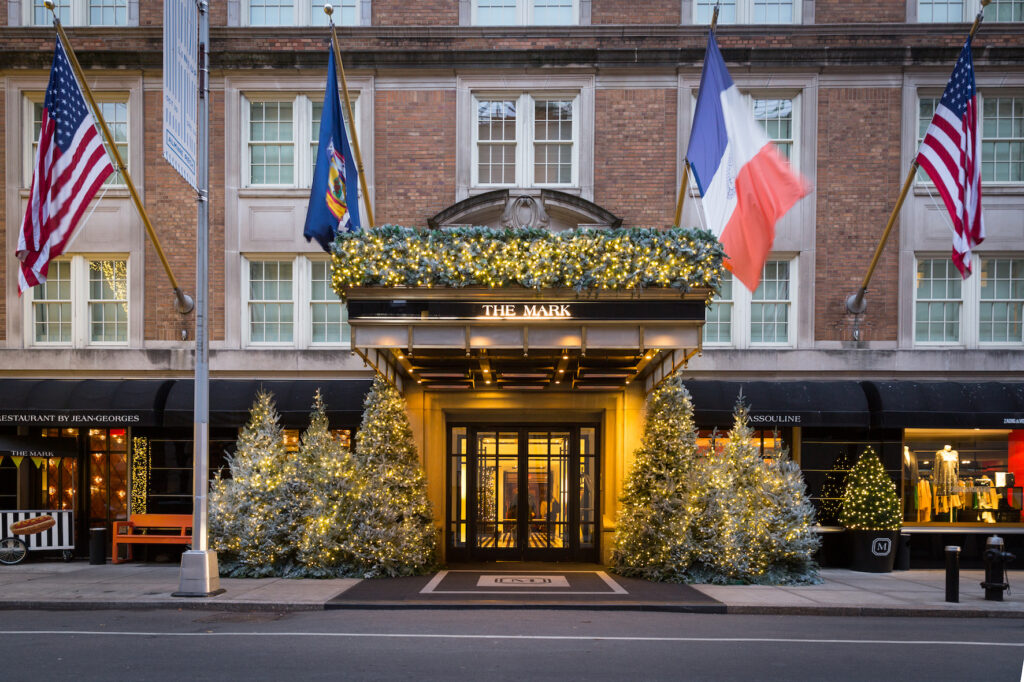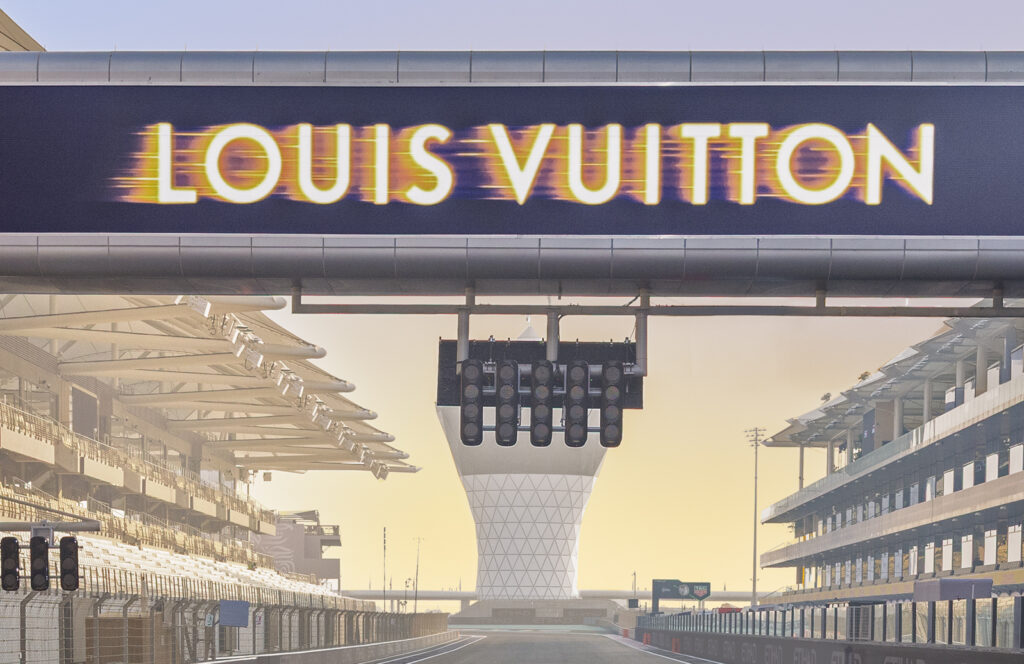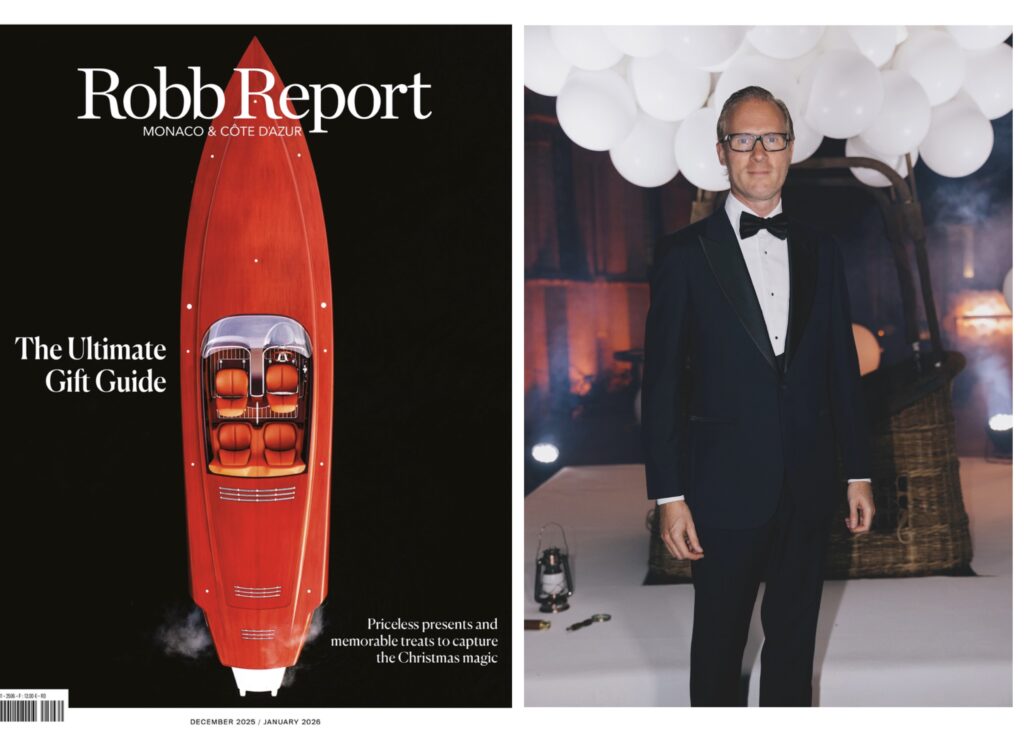
When they started dating, in the 2010s, Aaron Trotman and his now wife, Miranda, spent every free minute traveling the world together on epicurean adventures. “We were Anthony Bourdain–ing across the beaten track,” says Trotman, a serial entrepreneur from Melbourne, Australia, with a background in cosmetics. They signed up for food tours in Paris and chased down the best ramen in Tokyo. In New York and London, they booked the most talked-about Michelin-star restaurants. While he often ordered wine pairings with his lengthy tasting menus, Miranda—who gets flushed from drinking alcohol—opted for intoxicant-free wine substitutes. Much to their surprise, these house-made libations, which skewed savory rather than sweet, were often more interesting than his aged cuvées. “Miranda’s drinks were very creative, with unusual ingredients,” he recalls.
Back home in Melbourne in 2018, one particularly eye-opening meal, a 14-course tasting menu at Lûmé, left Trotman inspired—not just gastronomically but entrepreneurially. He was particularly taken with the clarified apple juice infused with marigold leaves and mountain pepper, served with a crayfish dish, and by the bracing iced green tea with fresh lemon that arrived with dessert. “Suddenly it dawned on me,” he recalls of his eureka moment. “Why can’t I take on the empty wineglasses” sitting in front of nondrinkers?
Soon he was spending 16-hour days in the kitchen, working with a chef friend to develop his own faux wines, signature blends as complex as the real thing. The pair experimented with a wide range of ingredients. They did a cold extraction of raspberries, dehydrated oranges and stewed cherries and tried teas and spices as well as salt from Australia’s Murray River. To build body, structure and texture, they turned to verjus, the juice of unripe grapes, which delivered the fresh acidity that’s key to wine’s mouthfeel. White versions were infused with yuzu, orange and toasted cinnamon, among other ingredients. Reds were mixed with chocolate to develop the tannins that are essential to a classic red-wine finish.
“We built flavor by striking a balance between the fruit, tannins, salinity and acid found in the world’s best wines,” says Trotman.
Since he launched his company, Non, with three alt-wines in 2019, several competitors have followed him to market. The category is still so new for these non-wine “wines” that no classifying name has yet stuck. But whether they’re called wine substitutes, alternative wines or the charmingly blunt not-wine, these inventive libations are unleashing a wave of creativity in the industry and attracting new fans.

Trotman was among the first commercial producers to take a culinary approach, cooking up concoctions in a professional chef’s kitchen equipped with ovens, dehydrators and sous vide devices. For years, though, as Trotman discovered on his travels, many top restaurants, such as Chicago’s Michelin three-star Alinea, have been offering teetotaling diners their own alcohol-free creations, eschewing the typically unsatisfying dealcoholized wines—actual wines chemically stripped of their alcohol content and usually amped up with sugar—on the market in favor of house-made elixirs.
“We didn’t want people [abstaining from alcohol] to feel ‘less than,’ ” says Allen Hemberger, of the Alinea restaurant group, who is coauthor, with his wife, Sarah, of Zero: A New Approach to Non-Alcoholic Drinks. “We wanted them to have the same awesome experience that everyone else has, make them feel cared for in a bespoke way.”
A cultural shift is also underway. With a healthier lifestyle trending these days, even serious oenophiles are sometimes making alcohol-free choices. A recent study found that among consumers of low- and no-alcohol beverages, 78 percent also drink alcohol. And Dry January, which began in 2013 in the UK with 4,000 people giving up booze for the month, is now a full-fledged global phenomenon. Meanwhile, Gen Z is imbibing 20 percent less than its millennial peers. There’s a huge audience for nonalcoholic options just in time for a surge in quality among wine alternatives in particular.

Visit any Boisson, the new chain of alcohol-free beverage shops with outposts throughout California and New York, and you’ll be spoiled for choice. The selection is even more abundant at the Zero Proof, an e-commerce site that ships anywhere in the US. “Non-alcohol wine is our top category, and it’s been growing like crazy,” says cofounder and CEO Sean Goldsmith. “There’s been such a huge surge in demand that brands can’t even keep up with the growth.”
Goldsmith says his customers often drink alcohol, too.
“They want a nonalcoholic drink to work into their weekday routine,” he says.
Among the wine alternatives crowding the shelves at new retail outlets, a growing number focus on purported health benefits. Blurred Vines, for instance, a 2022 launch from the UK’s Three Spirit, boasts of immune-system-boosting, energizing effects of its beverages’ antioxidants and polyphenols. Partners Dash Lilley, Tatiana Mercer and Meeta Gournay, who built the brand around “botanical alchemy,” as they describe their approach, worked with a natural-wine maker and a food scientist and fermentation expert on their proprietary ferments, base fruit and yeasts. Italian apricot and white grapes bring high acidity and vivid aromas to the company’s first two releases, Sharp and Spark. Sharp, the fruitier blend, features pressed green-gooseberry juice along with manuka leaf and Ethiopian koseret, among other exotic botanicals. “It clears the mind and reinvigorates with zero caffeine,” says Lilley, who oversees product development.
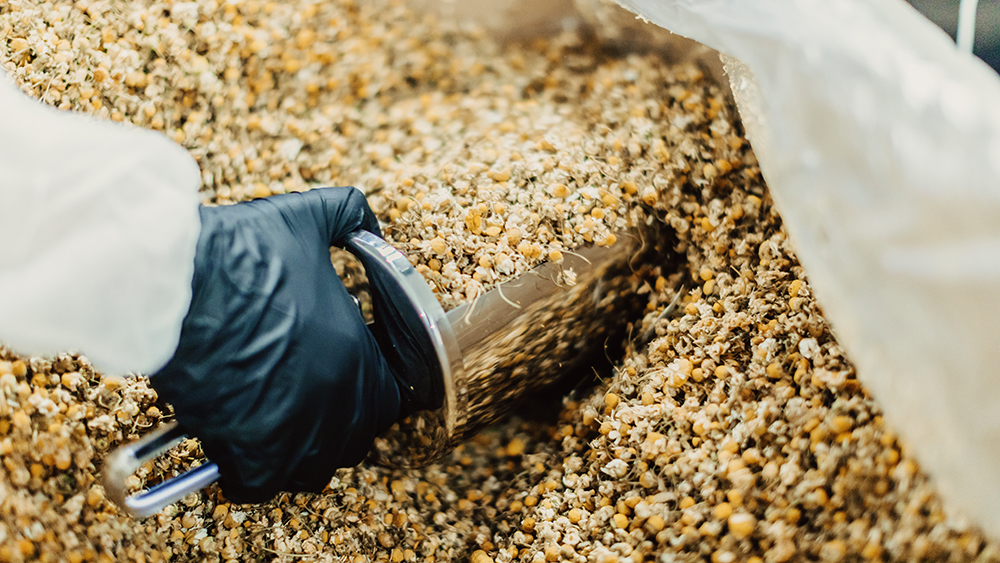
Spark, a bubbly brew that loosely mimics Champagne, has a base of pressed strawberries and red currants and features a mix of black and green teas from the Rare Tea Company in London, along with hints of cayenne pepper and schisandra berry (an adaptogen once consumed by fighter pilots hoping hoping to build endurance).
Vinegar, a by-product of winemaking long touted for its gut-health benefits, is a natural starting point for producing alcohol-free wine substitutes. Acid League, a vinegar producer from Canada, made that leap with its new offshoot, Wine Proxies, which launched two years ago. The sparkling, white, rosé and red varieties—with fanciful names such as Sauvage, Zephyr and Gallica—are all complex blends of juices, teas, spices, bitters and, of course, vinegar. The company has begun rolling out limited-edition collaborations with top culinary figures, including Michelin three-star chef Dominique Crenn (Riesling verjus, yuzu and tea), sommelier and winemaker André Mack (marion-berries, pu-erh tea and kola nut) and James Beard Award–winning chef Sean Brock (elderberries, pawpaw and pine).
Jukes Cordialities, launched in the UK by veteran wine writer Matthew Jukes in early 2020, allows you to make your own “wine” using an apple cider–vinegar concentrate with macerated fruits, vegetables, herbs and spices. Each tiny bottle is packed with wine-like flavors and is designed to be added to your choice of club soda, tonic or water. The rosé features hints of melon, pomegranate and pear along with Mediterranean herbs. Taken together, the flavors are meant to conjure what’s known in wine circles as garigue, the classic thyme-and-lavender-scented aroma of the Mediterranean coast.
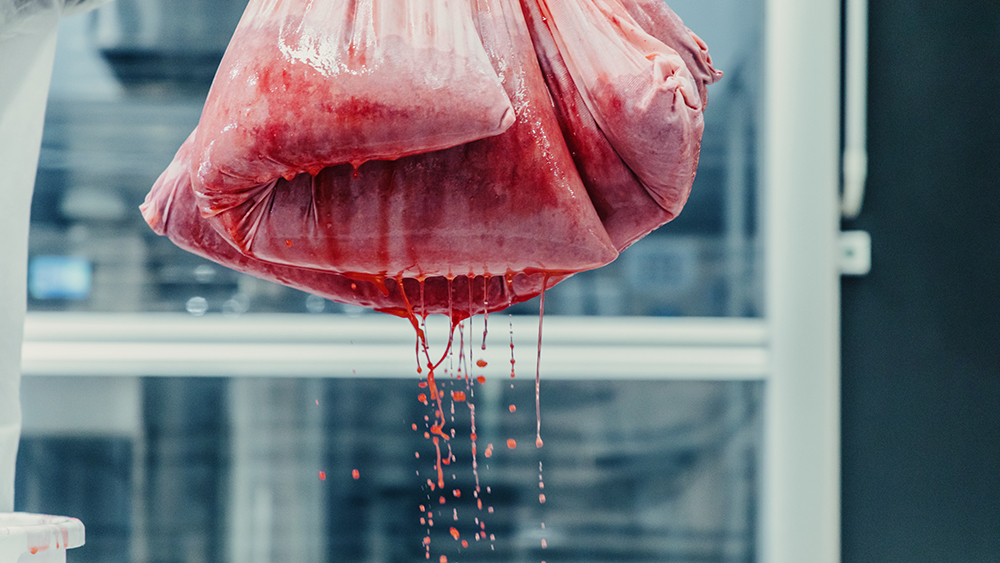
In many ways, the burgeoning universe of alcohol-free wine mirrors the wine world itself. Like the most radical natural winemakers—in the Republic of Georgia, for instance, earthenware vessels are filled with product before being buried in the ground to age—some new players are reimagining the category entirely. Muri grew out of the New Nordic gastronomy of Noma, in Copenhagen. Founder Murray Paterson was once a distiller at Empirical, a spirits company launched by a team of Noma alumni.
Paterson began developing his first wine alternative as a solo venture during the initial pandemic lockdown in early 2020. “It took six months to devise my first wine,” he says. He began with a base of kvass, a traditional Eastern European brew made from leftover bread, then added wild herbs, such as grassy woodruff, foraged from the woods around Copenhagen. The result, Passing Clouds, is like a cross between a pét-nat (a natural effervescent wine) and a wheat beer, with a hint of pear cider as well.
Muri’s releases include so many foraged components that it has a forager on contract. “She’s a badass,” says Paterson. “She’s actually a practicing witch.”
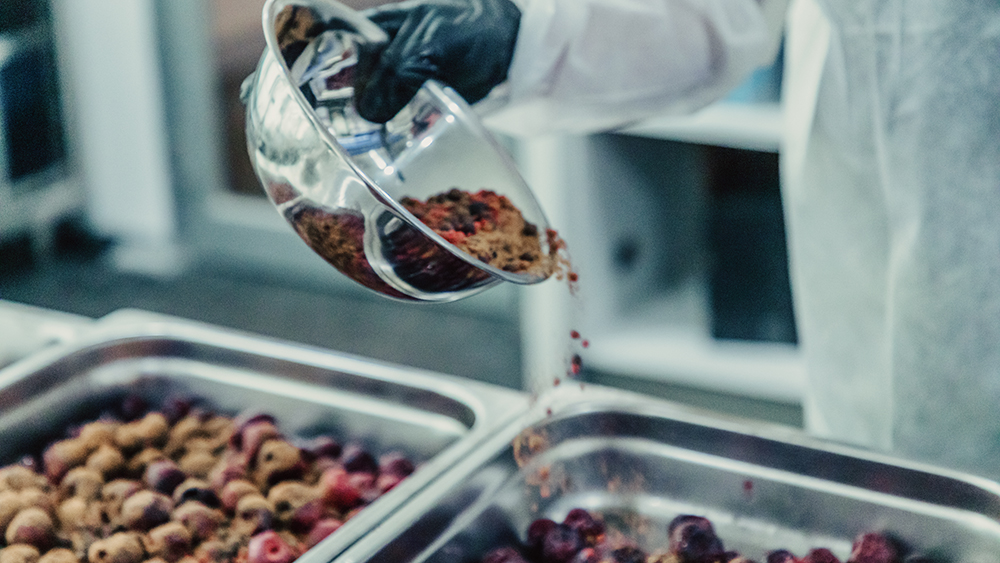
Each new blend goes through a painstaking development process. Yamilé, Muri’s sparkling rosé, took a year to get right. The recipe includes beechwood-smoked rhubarb, gooseberry mead, fermented raspberries, pink peppercorns and angelica root. “A lot of cheffy nonsense goes on before we do the final blend,” he says with a laugh.
While Muri’s funky beverages are the sorts of challenging sips a natural-wine connoisseur might appreciate, Trotman’s more refined bottlings for Non are the grand cru Bordeaux of the alcohol-free wine world. Recently, they’ve begun appearing on the menus of fine-dining restaurants—the very types of places that first inspired their creation.
In January, Michelin three-star chef Daniel Humm hosted a Non pairing dinner at his New York restaurant, Eleven Madison Park, to mark the brand’s US debut, serving five of Trotman’s blends with his vegan creations. “It’s a beautiful product,” Humm says, praising the balance and low sugar content.
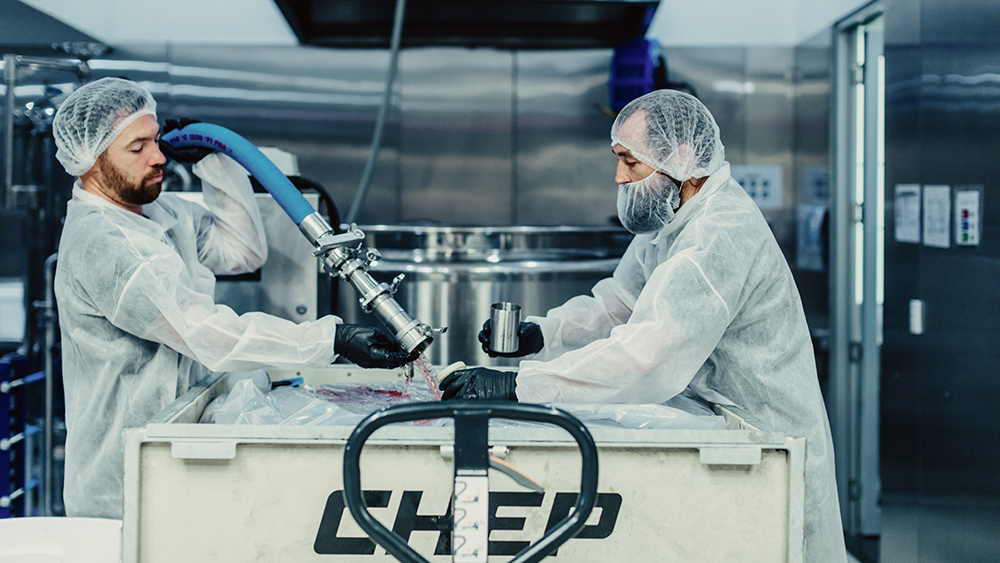
“It’s a time of change,” adds Humm, who switched to a plant-based menu in 2021. “People are pushing new boundaries with fermentation. It’s happening to beverages, too, in the nonalcoholic space. It’s just amazing that there are not a lot more options for people. I applaud them for pushing boundaries.”
Before introducing Non to a tough New York audience—who enthusiastically downed second pours—Trotman consulted experts back home. “I wanted to be sure we were ready,” he says. Beyond the first three bottlings that have hit the US market, he has a dozen more formulations still waiting to launch. A super-premium version is also in development, priced like fine wine between $100 and $200 a bottle. He’s been toying with “rare ingredients,” he says. Truffles? Saffron? Trotman is keeping the recipe close to his toque for now. “I don’t need my competitors swiping my ideas.”

